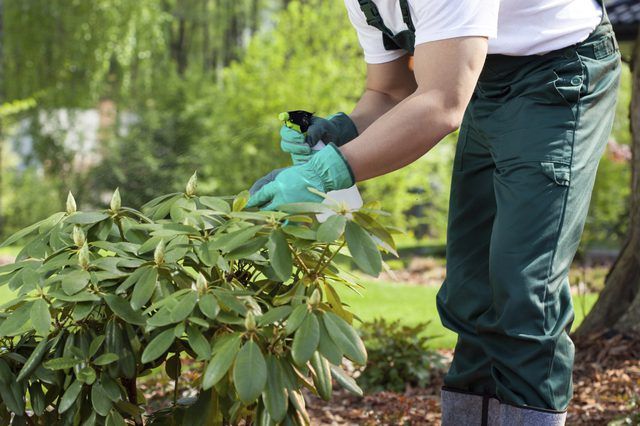Bulbs
Flower Basics
Flower Beds & Specialty Gardens
Flower Garden
Garden Furniture
Garden Gnomes
Garden Seeds
Garden Sheds
Garden Statues
Garden Tools & Supplies
Gardening Basics
Green & Organic
Groundcovers & Vines
Growing Annuals
Growing Basil
Growing Beans
Growing Berries
Growing Blueberries
Growing Cactus
Growing Corn
Growing Cotton
Growing Edibles
Growing Flowers
Growing Garlic
Growing Grapes
Growing Grass
Growing Herbs
Growing Jasmine
Growing Mint
Growing Mushrooms
Orchids
Growing Peanuts
Growing Perennials
Growing Plants
Growing Rosemary
Growing Roses
Growing Strawberries
Growing Sunflowers
Growing Thyme
Growing Tomatoes
Growing Tulips
Growing Vegetables
Herb Basics
Herb Garden
Indoor Growing
Landscaping Basics
Landscaping Patios
Landscaping Plants
Landscaping Shrubs
Landscaping Trees
Landscaping Walks & Pathways
Lawn Basics
Lawn Maintenance
Lawn Mowers
Lawn Ornaments
Lawn Planting
Lawn Tools
Outdoor Growing
Overall Landscape Planning
Pests, Weeds & Problems
Plant Basics
Rock Garden
Rose Garden
Shrubs
Soil
Specialty Gardens
Trees
Vegetable Garden
Yard Maintenance
How to Make Natural Pesticide
Make a natural pesticide from garlic, mineral oil, castile soap and water. Dilute the garlic oil spray before applying it, and test a small area of the plant.
Making your own pesticide saves money and avoids using artificial chemicals in your garden or on your houseplants. You can use common ingredients from your garden or from a grocery store to make pesticides at home. Many recipes for homemade pesticides use plants that contain natural defense chemicals, such as garlic (Allium sativum), which is hardy in U.S. Department of Agriculture plant hardiness zones 4 through 9. Garlic oil spray is a natural pesticide that works well against common pests such as whiteflies, aphids, leafhoppers and squash bugs. Another natural pesticide you can make at home is a mixture of cooking oil and baby shampoo.

Warning
Natural pesticides can be harmful to humans as well as insects and other pests, so wear protective clothing when using them.
Things You'll Need
4 ounces skinned garlic cloves or ready-made minced garlic
Sharp knife (optional)
Waterproof container and lid
6 teaspoons mineral oil
3 tablespoons castile soap
Cheesecloth or old pantyhose
Jar and lid
Step 1
Finely chop 4 ounces of skinned garlic cloves with a sharp knife if you aren't using ready-made minced garlic. Place the chopped or minced garlic in a waterproof container.
Step 2
Add 6 teaspoons of mineral oil and mix it with the garlic. Cover the container with its lid and wait 24 hours.
Step 3
Add 3 tablespoons of castile soap to the garlic and mineral oil mixture. Pour in 1 pint of water, and mix all the ingredients.
Step 4
Pour the mixture through three or four layers of cheesecloth or a layer of old pantyhose into a jar. Seal the jar with its lid, and place it in a refrigerator.
Tip
Garlic oil pesticide should stay fresh in a refrigerator for two or three weeks. If the garlic oil starts to mold or smell offensive -- not just smell of garlic -- discard the pesticide and make another batch.
Using Garlic Oil Spray
Garlic oil spray provides natural pest control on many plants, but it may harm sensitive plants. Put on long pants, a long-sleeved shirt, gloves and safety goggles, and spray plants in the morning or late afternoon. Don't use garlic oil spray during the hottest part of the day, when the hot oil may scorch plant leaves.
Dilute the pesticide at a rate of 2 teaspoons per 1 pint of water, and spray a small area of a plant. Wait 24 hours and check for damage before spraying the whole plant. Spray plants once or twice per week as necessary, and reapply garlic oil spray after heavy rain.
Warning
Garlic oil spray and other natural pesticides can be harmful to beneficial insects, such as bees.
Oil and Soap Spray
A diluted mixture of cooking oil and baby shampoo helps control mealybugs, scale insects, lacebugs, whitefly, thrips and aphids. Mix 2 tablespoons regular cooking oil, such as canola oil, with 2 tablespoons baby shampoo. Add 1 gallon water.
Water the insect-infested plant and test spray a small area the day before spraying the whole plant. Spray again every five to seven days as necessary.
Warning
Don't use oil and soap spray on plants in direct sunlight, and don't spray hairy- or waxy-leaved plants. Never use oil and soap spray on orchids, such as the Cymbidium group, which are hardy in USDA plant hardiness zones 10 through 12.
For more information on making insecticides, see "Homemade Insecticide," and "DIY Pest Control With Boric Acid Powder."